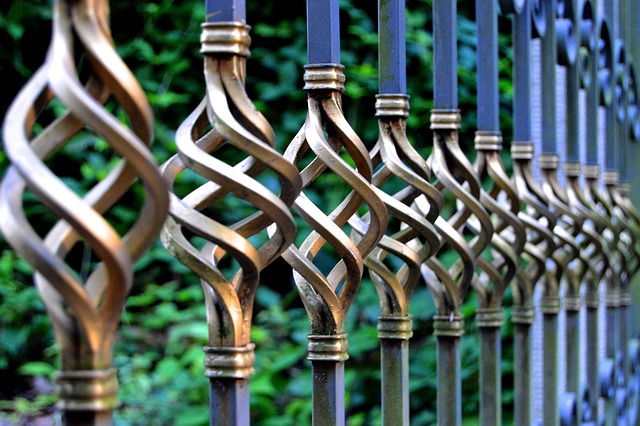In New Bedford, MA, enhancing your property with a residential fence is both an investment and a way to boost privacy and security. This article guides you through the process, from understanding local regulations to selecting the perfect fence type for your home. We delve into key factors to consider when choosing a reputable installation company, ensuring a successful project. Whether it’s wood, vinyl, or chain-link, each fence type offers unique benefits tailored to New Bedford’s climate and aesthetic preferences. Let’s begin exploring!
- Understanding Residential Fence Installation in New Bedford
- Key Factors to Consider When Choosing a Fence Company
- Common Fence Types and Their Benefits for MA Homes
- The Step-by-Step Process of Professional Fence Installation
Understanding Residential Fence Installation in New Bedford
In New Bedford, residential fence installation is a popular home improvement project that offers numerous benefits. Property owners often look to enhance their outdoor spaces, providing security and privacy while also increasing curb appeal. Whether it’s a classic wood fence, a modern metal design, or a stylish vinyl option, these structures serve multiple purposes. They can act as boundaries, ensuring children and pets play safely within designated areas, and they can also add aesthetic value to homes, aligning with neighborhood aesthetics and individual design preferences.
When considering residential fence installation, homeowners in New Bedford should explore the various materials, styles, and options available. Each type of fence has its advantages and considerations regarding durability, maintenance, and cost. Local companies specializing in fence installation are well-equipped to guide property owners through this process, offering expert advice tailored to individual needs and budget constraints.
Key Factors to Consider When Choosing a Fence Company
When selecting a residential fence installation company in New Bedford, MA, several crucial factors come into play. Firstly, consider their reputation and experience; opt for a well-established local company with positive customer reviews to ensure quality work and after-sales support. Check their portfolio to see if they align with your aesthetic preferences and the type of fencing you desire.
Secondly, verify their licensing, insurance, and warranty policies. Ensure they are licensed and insured to protect yourself from potential risks during installation. A comprehensive warranty on materials and labor is also essential, offering peace of mind and coverage for any issues that may arise over time.
Common Fence Types and Their Benefits for MA Homes
In Massachusetts, homeowners have a variety of fence options to choose from when enhancing their outdoor spaces. Wood fences are a popular choice due to their natural beauty and versatility. They can be customized with different styles, colors, and finishes, offering both aesthetic appeal and privacy. Vinyl fencing is another preferred option known for its low maintenance and durability; it requires minimal upkeep and comes in various designs, from traditional picket fences to sleek, modern panels.
Chain-link fences are ideal for security and privacy, especially in areas with open fields or streets. They are robust and can be fitted with additional features like gates and locks. Iron or metal fences provide a classic, elegant look and are known for their strength and longevity. These options cater to different preferences and budgets, ensuring that MA homeowners can find the perfect fence to suit their needs and enhance their properties’ curb appeal.
The Step-by-Step Process of Professional Fence Installation
Professional fence installation involves a meticulous process designed to ensure durability, security, and aesthetic appeal. It begins with a thorough site evaluation, where experts assess terrain elevation, existing structures, and access points. Based on this assessment, they create a customized design tailored to the client’s needs and preferences, incorporating local regulations and structural considerations.
Next, the chosen fence material—wood, vinyl, metal, or another option—is carefully measured and cut to specifications. Foundations are then prepared, often involving excavating for posts and installing concrete footings to provide a solid base. The posts are set in place, leveled, and secured, serving as the cornerstone of the fence structure. Horizontal rails are attached, followed by panels or pickets, creating the desired height and style. Finally, gates and hardware are installed, ensuring functionality and security.
